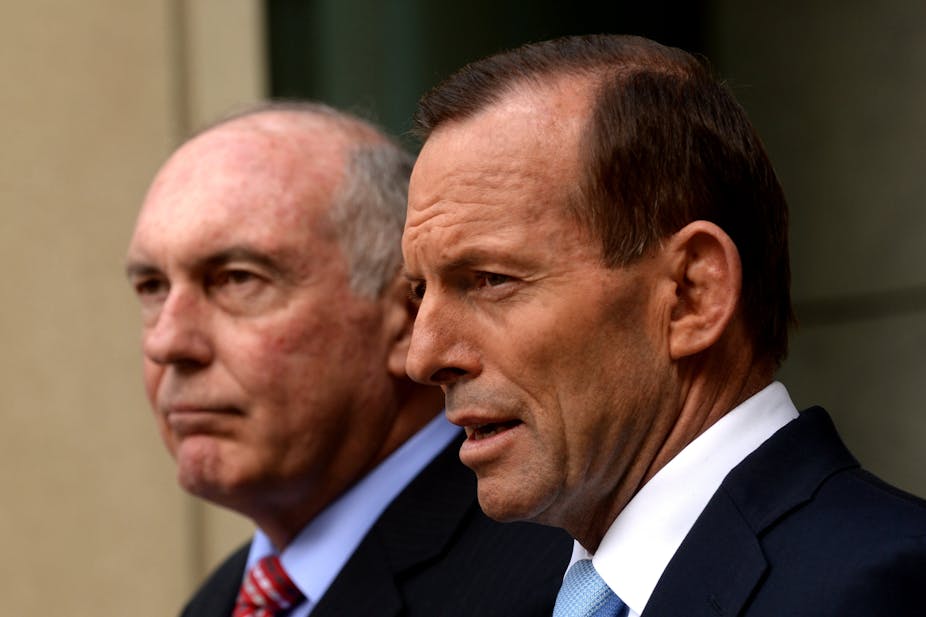Sydney’s second airport could see its first flight in the next decade as prime minister Tony Abbott this afternoon confirmed construction will start at Badgerys Creek in 2016.
“Today’s decision recognises the growth of Western Sydney. Over the next 20 years, the region’s population is expected to grow from two million to three million people,” he said.
“A dedicated Western Sydney airport will service local aviation needs and be a much-needed relief valve for Sydney Airport. It will be a major catalyst for investment, jobs growth and tourism in the region for decades to come.”
The airport is expected to cost A$2.5 billion, and will be built with private sector funding. Sydney Airport has the right of first refusal to develop and operate the new airport.
Aviation experts welcomed the announcement, with the development expected to increase GDP by A$24 billion and create 60,000 jobs over time.
“My understanding is (Badgerys Creek) will operate as a second domestic airport and what I would expect initially is the movement of some limited east coast services to Melbourne and Brisbane to the new airport,” Ian Douglas, senior aviation lecturer at UNSW, said.
“This will stop people from Western Sydney having to take an hour to travel to Mascot to fly an hour to Melbourne. And the expectation is that this will lift constraints and free up valuable slots at Kingsford-Smith.”
“It makes a lot of sense on a number of levels,” he said. “The recent Joint Study on Aviation Capacity for the Sydney Region identified that the current airport will be unable to service future demand, with both the airport and surrounding access roads already seriously congested.”
The new airport is expected to have a noise footprint the fraction the size of Kingsford-Smith, which affects 130,000.
But Marion Burgess, an acoustics and noise control expert at UNSW, said it was important to ensure there was a robust environmental assessment process.
“During the community consultation process there needs to be transparency on what the estimates of the noise impact may be,” she said. “And it’s important to ensure that any new residential housing near to the airport flight paths take the potential noise impact into consideration.”
Qantas immediately backed the plan, with CEO Alan Joyce labelling the airport “a vital piece of economic infrastructure for Australia”.
“Qantas has long supported the building of a second airport at Badgerys Creek, as have a number of detailed studies. After decades of debate, we applaud today’s announcement by the Prime Minister,” a statement read.
Rico Merkert, senior lecturer in aviation management at the Institute of Transport and Logistics Studies at Sydney University, said freight operators would be the most keen on getting into Badgerys Creek.
“Badgerys Creek is most beneficial because it moves freight out of Kingsford-Smith and should allows for flights in the evening,” he said.
“During peak hour it will reduce some of the congestion in Mascot and will be very good for the efficiency of the Sydney airport system in general.”
“Still, international airlines make most of their money from business class and premium cabins. Their guests highly value the access to the CBD that comes with Kingsford-Smith and I don’t see them moving out,” Dr Merkert said.
“But Badgerys creek is the best choice in all the locations that have been discussed.”
Hamza Bendemra, an aerospace researcher at ANU said it was a decision “long overdue”.
“That earlier study commissioned by then-Minister Anthony Albanese clearly stated that the current Sydney airport was going to reach near-full capacity by 2030, so a decision just had to be made,” he said.
“Now questions remain around how the airport will be supported by nearby infrastructure and routes to and out of the new airport.”
The NSW state government is due to announce further infrastructure projects around the airport site in coming days.

